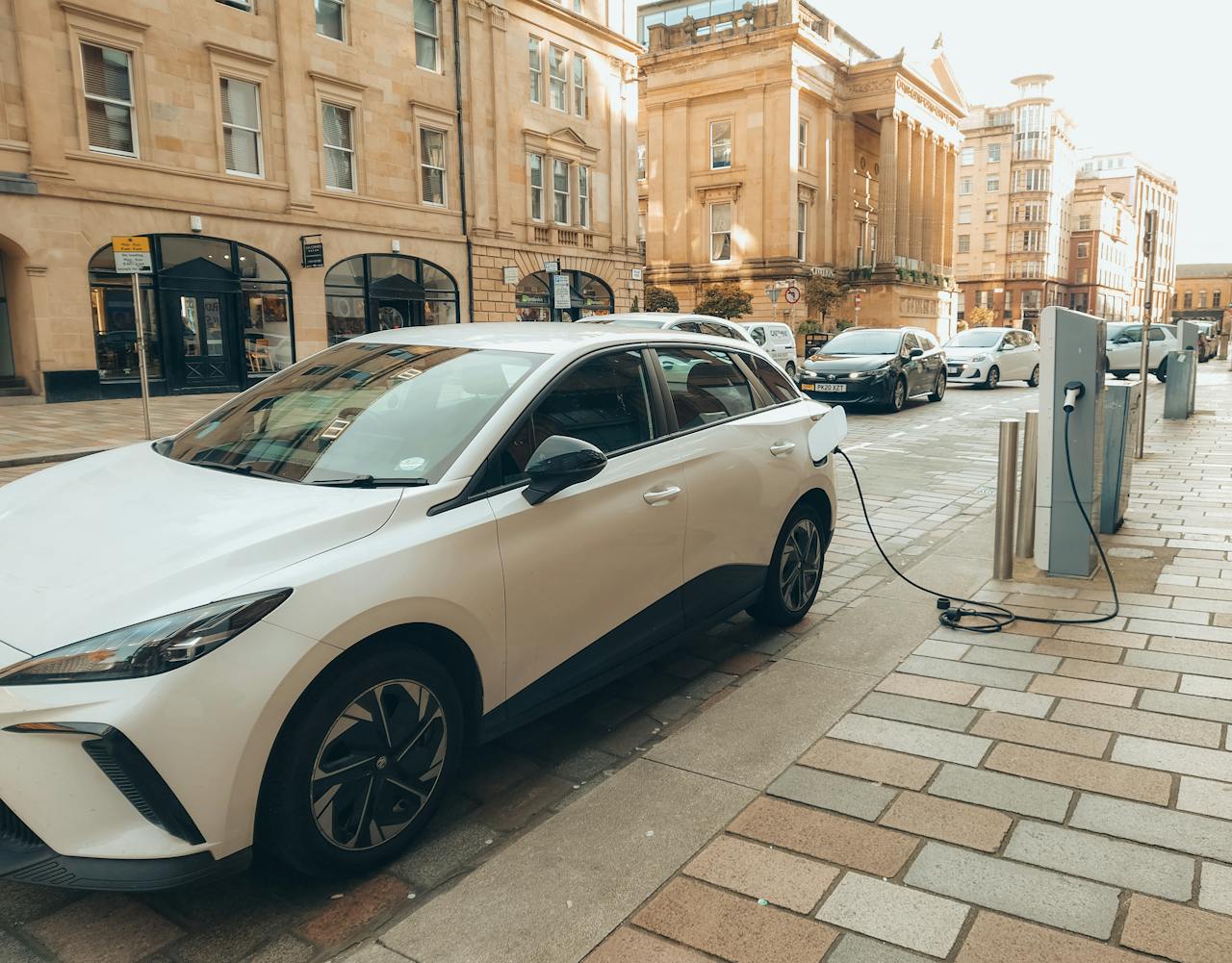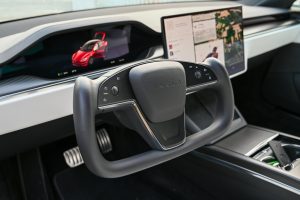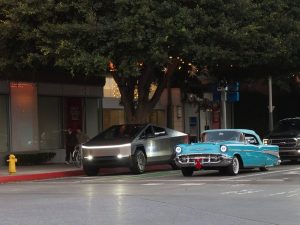1. Not All EVs Are the Same? You Better Know These Types
Electric vehicles are no longer just about the Tesla Model 3. From battery electric vehicles (BEVs) and plug-in hybrids (PHEVs) to hydrogen fuel cell vehicles (FCEVs), the “electric options” in today’s EV market are richer than ever. And picking the wrong type won’t just affect your daily commute—it could seriously impact your total cost of ownership over the next few years.
That’s why, before you even think about buying an EV, understanding the major categories is homework every driver needs to do.
2. Battery Electric Vehicles (BEVs): The Future Mainstream, But Not Perfect
How It Works:
BEVs are fully powered by electricity. There’s no internal combustion engine, and all power comes from electric motors. The vehicle is charged via external stations or home chargers.
Pros:
- Zero gas, zero tailpipe emissions—it’s the greenest option.
- Smooth, quiet driving with instant torque.
- Lower maintenance (no oil changes, no gearboxes).
Cons:
- Range anxiety is still real. Even in 2025, long-range models like the Lucid Air or Tesla Model S typically offer 400–500 miles EPA range.
- Charging takes time. Even with an 800V architecture like the KIA EV9, it takes around 18 minutes to go from 10% to 80%.
- Charging infrastructure is still patchy in areas like the American Midwest and rural towns.
Best for:
Urban commuters, people with private parking and home chargers, and anyone who values sustainability and cutting-edge tech.
3. Plug-in Hybrid Electric Vehicles (PHEVs): The Balanced “Middle Option”
How It Works:
PHEVs combine an electric battery with a conventional gasoline engine. You can drive short distances purely on electric, and switch to gas for longer trips.
Pros:
- Zero gas for daily commutes (e.g., Toyota Prius Prime offers ~44 miles of electric range).
- No range anxiety. You can drive long distances like a regular car.
- Still eligible for some EV tax credits in 2025 (U.S. federal incentives).
Cons:
- More complex system, with potentially higher maintenance risk than BEVs.
- If you don’t charge it, it’s basically just a gas car.
- Trunk space may be reduced due to battery placement.
Best for:
Those with short commutes + occasional road trips, apartment dwellers without charging access, and buyers skeptical of charging infrastructure.
4. Fuel Cell Electric Vehicles (FCEVs): Futuristic Vibes, but Is It Practical?
How It Works:
FCEVs run on hydrogen. They generate electricity via a chemical reaction and power the vehicle’s electric motor. The only emission is water.
Pros:
- Super fast refueling—just 3 to 5 minutes.
- Great range. For example, the 2025 Toyota Mirai exceeds 400 miles.
- Extremely low emissions, truly zero-carbon driving.
Cons:
- Refueling stations are rare. As of 2025, there are fewer than 60 public hydrogen stations in the U.S.—80% of them in California.
- Very few models to choose from—mainly Toyota Mirai and Hyundai Nexo.
- Unclear maintenance costs, and poor long-term resale value.
Best for:
Drivers in California or areas with hydrogen infrastructure, early adopters, and tech enthusiasts eager to try “hydrogen mobility.”
5. BEV vs PHEV vs FCEV: Full Comparison from Cost to Usability
| Category | BEV | PHEV | FCEV |
|---|---|---|---|
| Daily Cost | ★★★★☆ (Low electricity) | ★★★☆ (Mixed fuel usage) | ★★☆☆ (Hydrogen is pricey) |
| Environmental Impact | ★★★★★ | ★★★★☆ | ★★★★★ |
| Infrastructure | ★★★★ | ★★★★★ | ★☆☆☆ |
| Long-Distance Use | ★★★ | ★★★★★ | ★★☆☆ |
| Model Variety | ★★★★★ | ★★★★ | ★☆☆☆ |
| Overall Usability | ★★★★☆ | ★★★★☆ | ★★☆☆☆ |
6. So… Which Type of EV Do You Actually Need?
Not everyone needs to go “fully electric,” and not every PHEV is worth the compromise.
Before you choose, ask yourself:
- What’s your average daily driving distance?
- Can you install a home charger where you live?
- Do you take frequent road trips?
- Are you willing to dig into available tax credits and local incentives?
In 2025, EVs aren’t the future—they’re the present. But how you go electric? That’s up to you.
If you enjoyed this breakdown, feel free to share it and drop a comment! Let us know which EV type intrigues you most—we’ll continue posting deep dives and buying guides for each in upcoming features. Stay tuned!



